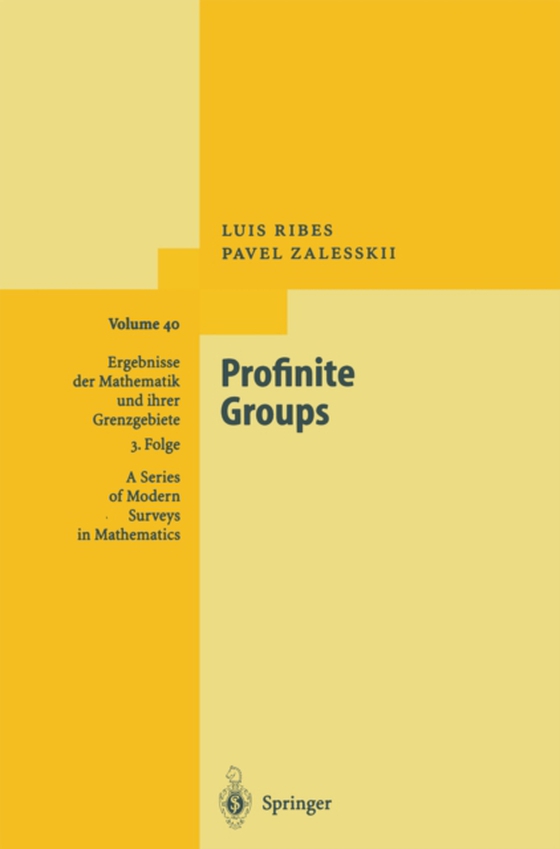
Profinite Groups e-bog
692,63 DKK
(inkl. moms 865,79 DKK)
The aim of this book is to serve both as an introduction to profinite groups and as a reference for specialists in some areas of the theory. In neither of these two aspects have we tried to be encyclopedic. After some necessary background, we thoroughly develop the basic properties of profinite groups and introduce the main tools of the subject in algebra, topology and homol- ogy. Later we conc...
E-bog
692,63 DKK
Forlag
Springer
Udgivet
9 april 2013
Genrer
PBG
Sprog
English
Format
pdf
Beskyttelse
LCP
ISBN
9783662040973
The aim of this book is to serve both as an introduction to profinite groups and as a reference for specialists in some areas of the theory. In neither of these two aspects have we tried to be encyclopedic. After some necessary background, we thoroughly develop the basic properties of profinite groups and introduce the main tools of the subject in algebra, topology and homol- ogy. Later we concentrate on some topics that we present in detail, including recent developments in those areas. Interest in profinite groups arose first in the study of the Galois groups of infinite Galois extensions of fields. Indeed, profinite groups are precisely Galois groups and many of the applications of profinite groups are related to number theory. Galois groups carry with them a natural topology, the Krull topology. Under this topology they are Hausdorff compact and totally dis- connected topological groups; these properties characterize profinite groups. Another important fact about profinite groups is that they are determined by their finite images under continuous homomorphisms: a profinite group is the inverse limit of its finite images. This explains the connection with abstract groups. If G is an infinite abstract group, one is interested in deducing prop- erties of G from corresponding properties of its finite homomorphic images.
 Dansk
Dansk

